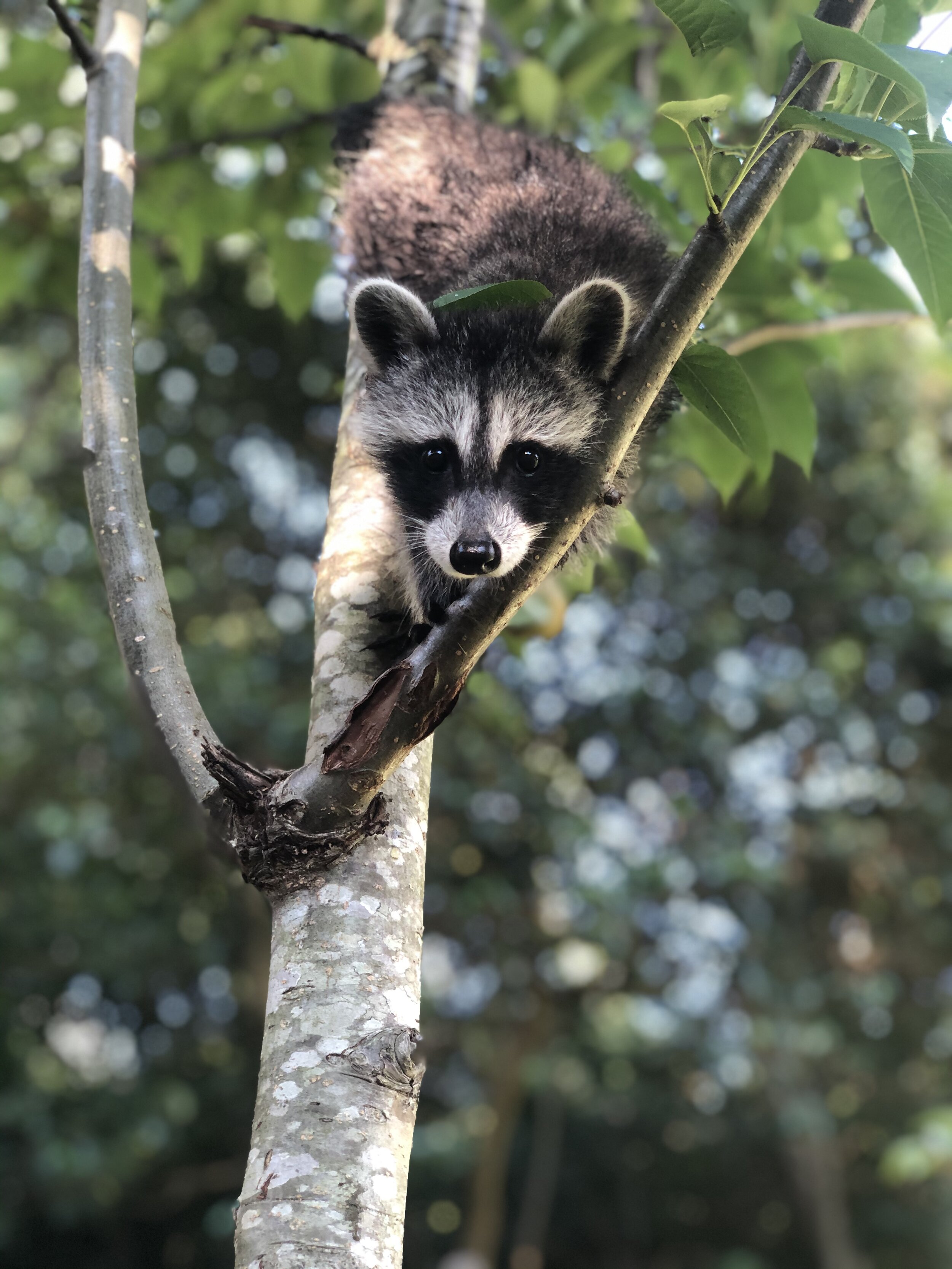Expert Insights on Burlington Animal Control for Animal Owners
Expert Insights on Burlington Animal Control for Animal Owners
Blog Article
Effective Wildlife Removal Methods for a Peaceful Home Setting
In the search of maintaining a serene home, home owners typically deal with the obstacle of wild animals invasions, which can disrupt the peace of their setting. Carrying out reliable wildlife removal techniques needs a nuanced understanding of both humane exclusion methods and preventative actions. By addressing entry factors and reducing attractants, one can significantly reduce the probability of unwelcome guests. Nevertheless, the complexity of these strategies usually necessitates a more detailed exam of details approaches and the prospective requirement for specialist treatment. What are the essential elements of these techniques, and when should one consider looking for professional assistance?
Identifying Common Wildlife Intruders
Identifying typical wild animals trespassers is a crucial very first step in reliable wildlife administration. Understanding the certain varieties that frequently penetrate commercial and domestic rooms enables homeowner and wild animals experts to carry out targeted techniques for alleviating potential damages and health dangers. Usual burglars typically consist of raccoons, squirrels, bats, and numerous varieties of birds and rodents, each bringing one-of-a-kind challenges.
Bats, while helpful for managing insect populations, can become a nuisance when they roost in attics, potentially spreading out illness such as histoplasmosis. Birds, including pigeons and sparrows, often develop unhygienic conditions with their droppings, leading to architectural destruction and health issues - wildlife rescue burlington.
Humane Exclusion Strategies
Comprehending the typical wildlife burglars is the foundation whereupon efficient exclusion strategies are constructed. Determining species such as birds, raccoons, and squirrels assists in designing gentle exemption techniques customized to particular actions and entrance approaches. Exclusion is a preventative approach targeted at denying wild animals access to properties and homes, hence minimizing the demand for more invasive measures.
The foundation of gentle exemption includes securing possible access points. Furthermore, making sure that windows and doors are safe, and that displays are undamaged, can further discourage entrance.
Mounting ultrasonic gadgets or motion-activated lights can dissuade nighttime wild animals. These exclusion methods not just secure the home atmosphere but additionally value the wildlife, allowing them to grow in their natural habitats without injury.
Safe Trapping Techniques
When exclusion strategies want, safe capturing techniques become a necessary choice in wildlife management. Capturing, when performed appropriately, uses a humane and efficient methods of attending to an immediate wild animals problem while making certain minimal stress and anxiety and harm to the animal. This approach requires an understanding of both the actions of the target types and the ethical considerations involved in wild animals handling.
These catches must be inspected often to prevent unnecessary anxiety or injury to the recorded wild animals. It is essential to comply with regional laws regarding trapping and relocation to guarantee compliance with legal requirements and wildlife conservation principles.
Furthermore, bait choice and placement are vital components in guaranteeing successful trapping. Bait should be chosen based on the nutritional preferences of the target varieties and tactically placed to tempt the animal into the catch. As soon as trapped, the animal needs to be taken care of with treatment, utilizing protective gear if required, to promote safe transportation and launch, thus maintaining a calm home and a balanced environment setting.
Preventive Home Adjustments
While safe capturing techniques address immediate wild animals concerns, lasting remedies commonly involve preventative home adjustments to deter animals from going into human areas. Implementing these adjustments not just improves the safety and security and comfort of your living atmosphere but likewise decreases the chance of future wildlife invasions.
A crucial aspect of preventative methods is sealing possible access factors. This includes checking and repairing any gaps or fractures in the foundation, wall surfaces, and roof covering, as these can come to be access routes for wild animals. Setting up smokeshaft caps and fixing broken vents can avoid birds, bats, and rodents from getting entry. Securing doors and windows with weather removing and mesh screens includes an added layer of protection. you can try these out
Landscaping modifications can likewise function as effective deterrents. Cutting tree branches that overhang the roofing and removing debris heaps can eliminate paths and habitats that more tips here bring in wildlife. Preserving a tidy lawn by safeguarding garbage bins and compost heap dissuades scavengers such as raccoons and opossums.

## When to Call Experts
Expert intervention comes to be vital in scenarios where wild animals concerns go beyond the extent of Do it yourself remedies. House owners might come across conditions where the intricacy or risk of the wildlife issue requires specialist knowledge.
Additionally, invasions involving protected or jeopardized varieties need a nuanced technique to abide by lawful laws. Experts are outfitted with the necessary licenses and recognize the legal frameworks governing the handling of such types. This makes sure that elimination is performed ethically and within legal boundaries.

Finally, when wildlife poses a consistent issue in spite of duplicated do it yourself initiatives, professional solutions can supply extensive examination and lasting remedies tailored to stop reoccurrence - wildlife rescue burlington. Their proficiency not just resolves the instant problem yet additionally safeguards the home environment in the future
Conclusion
Carrying out reliable wildlife removal techniques is necessary for keeping a tranquil home environment. Recognizing usual wild animals burglars and employing humane exemption techniques are foundational actions. Safe capturing techniques guarantee the humane capture of consistent animals, while preventative home adjustments, such as sealing entry points and securing trash containers, reduce future intrusions. Consulting professionals is advisable for complex situations that call for expertise. With each other, these strategies develop an unified living room without wild animals disturbances.
These exemption approaches not only secure the home setting yet also appreciate the wild animals, permitting them to thrive in their natural habitats without damage.
Applying efficient wild animals elimination strategies is vital for keeping a peaceful home environment.
Report this page